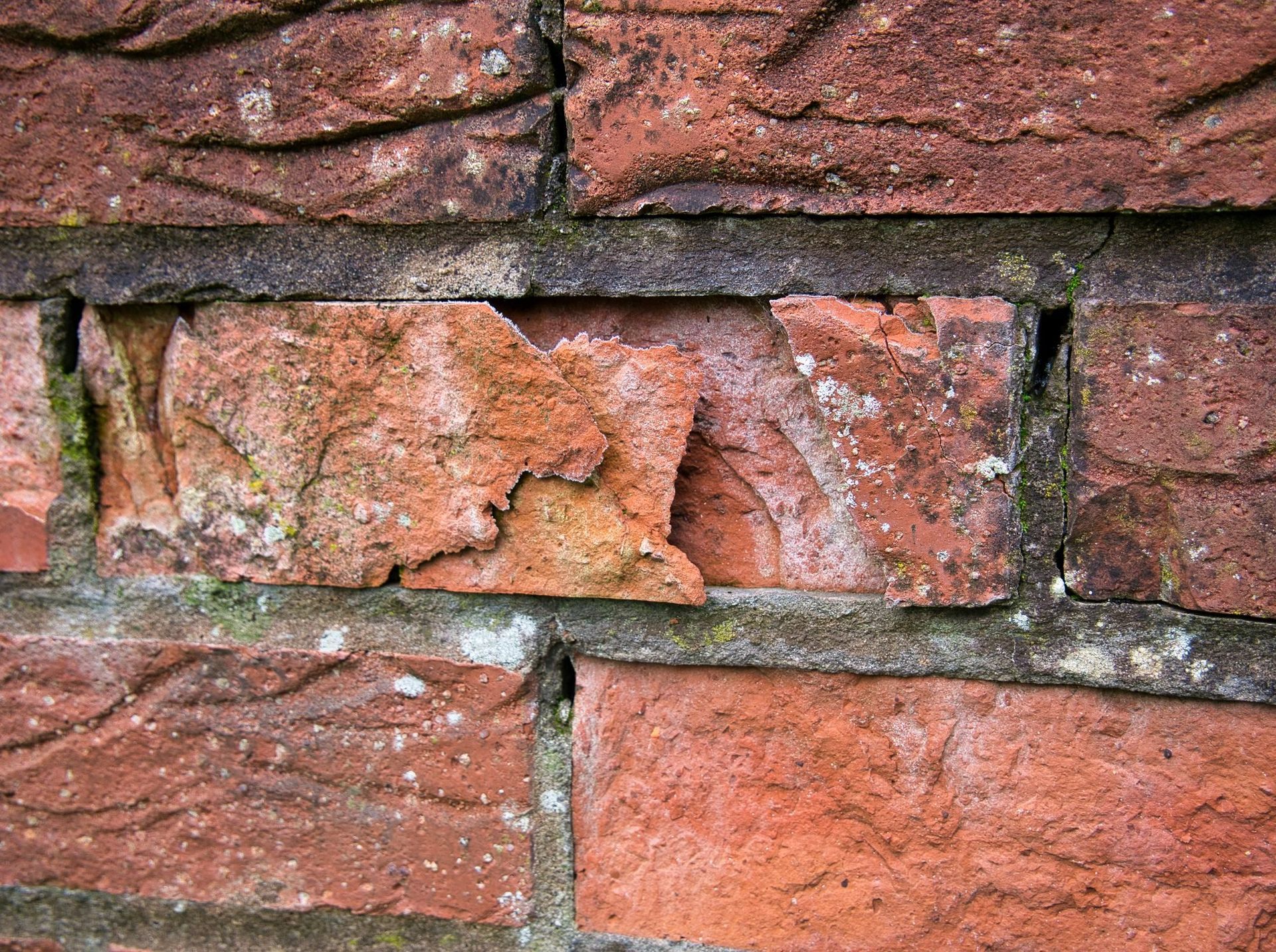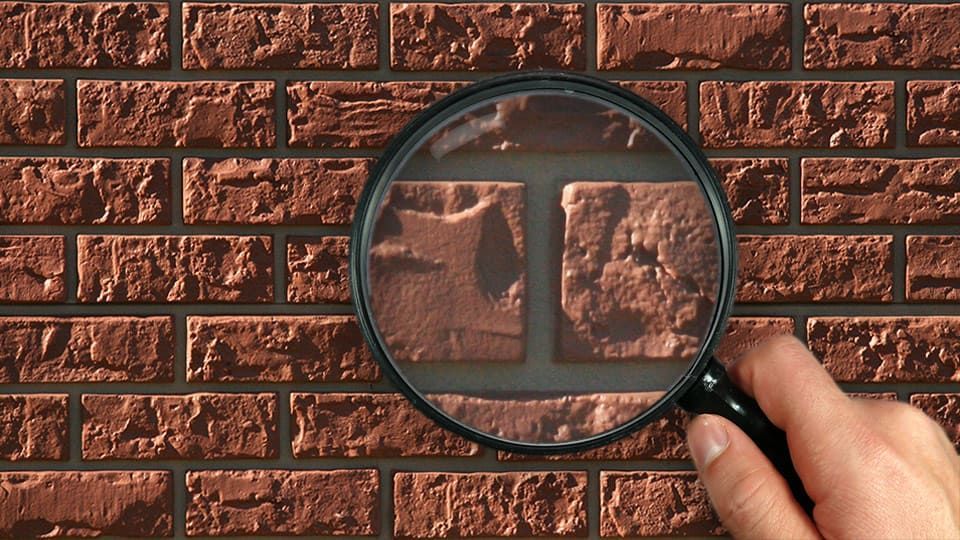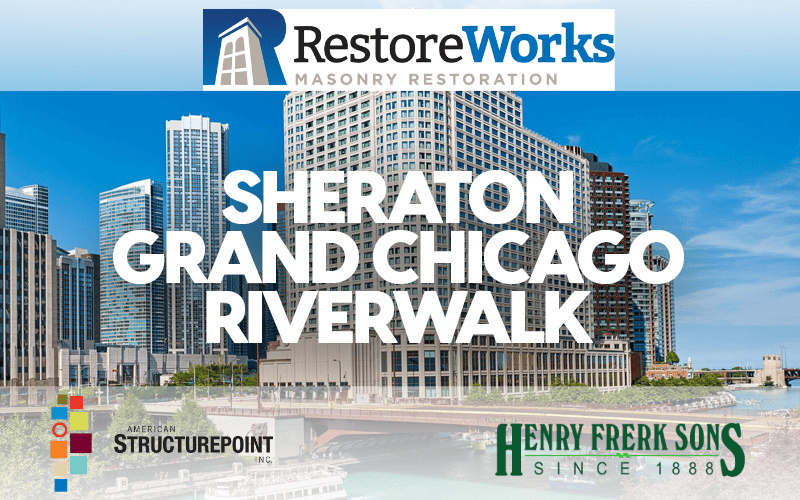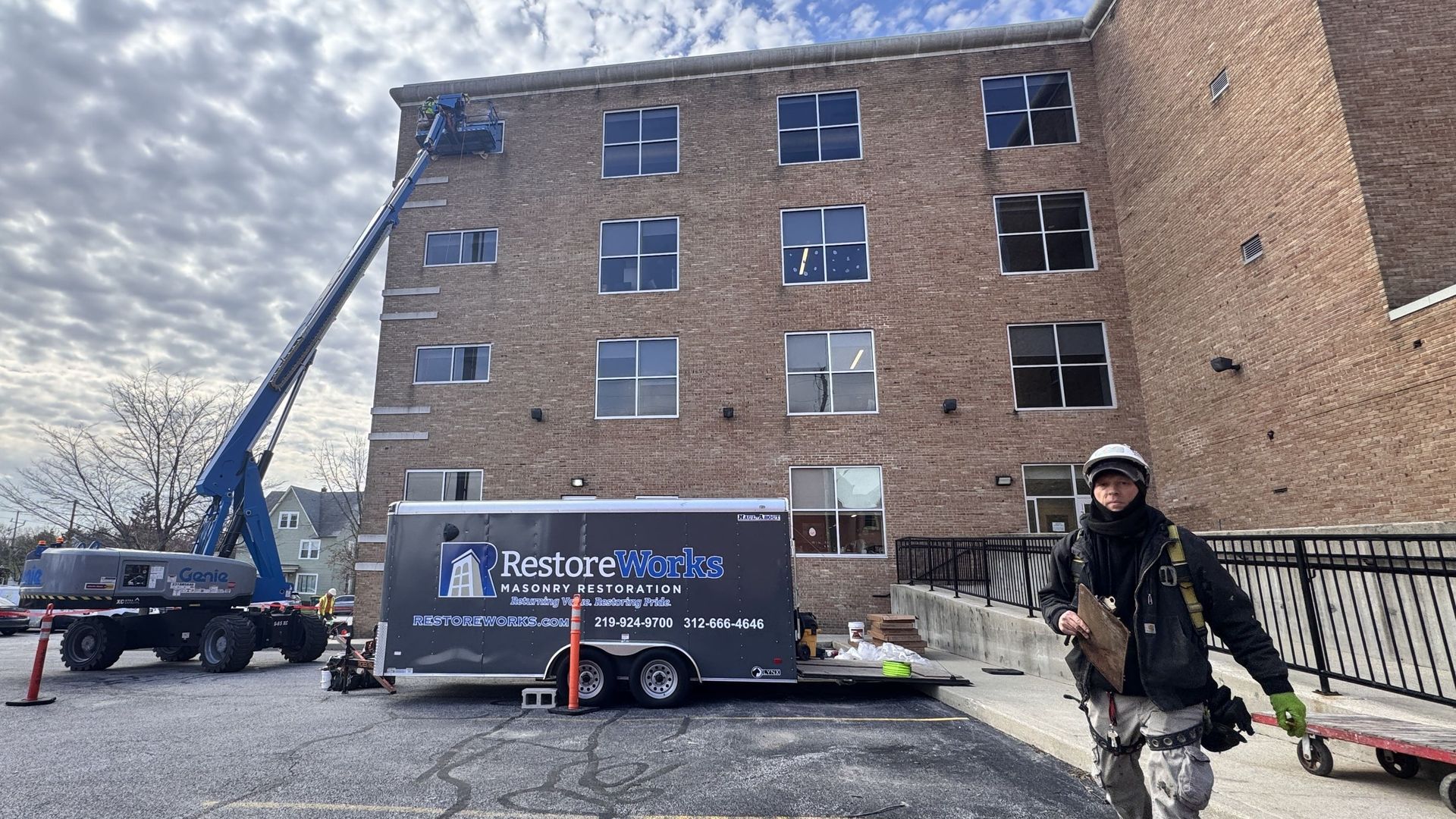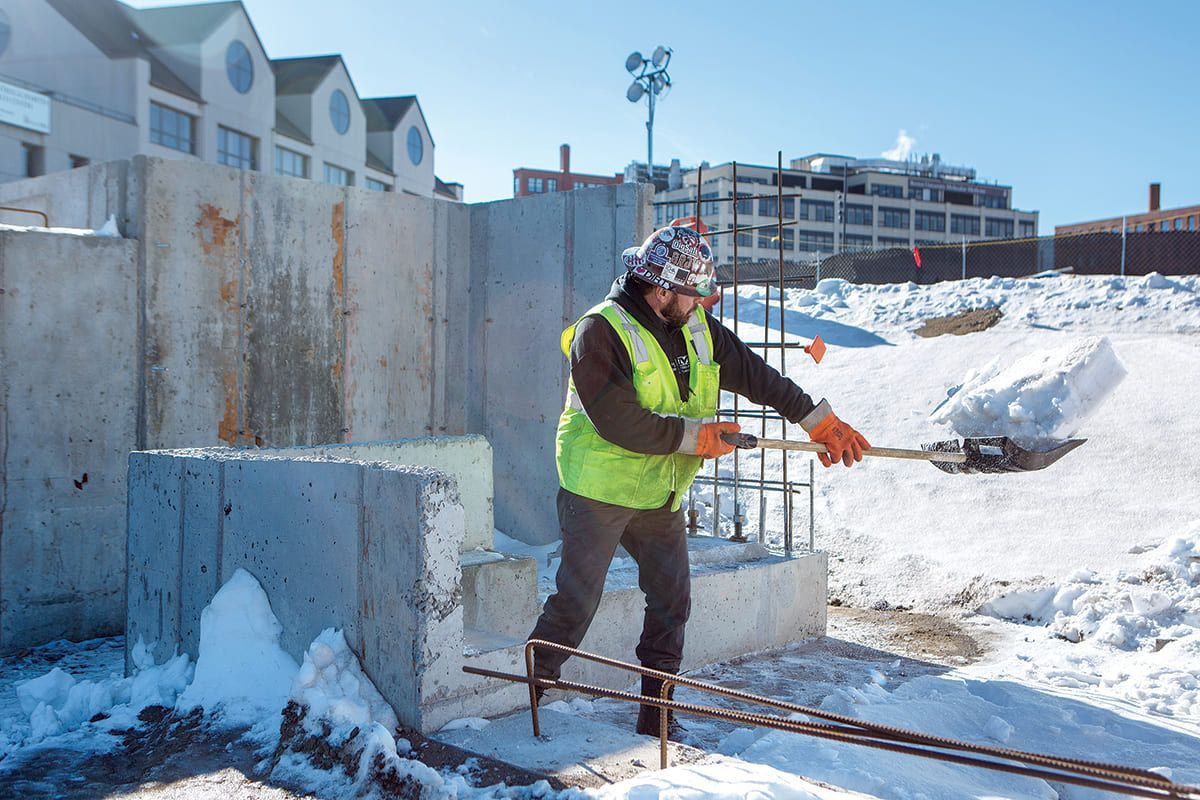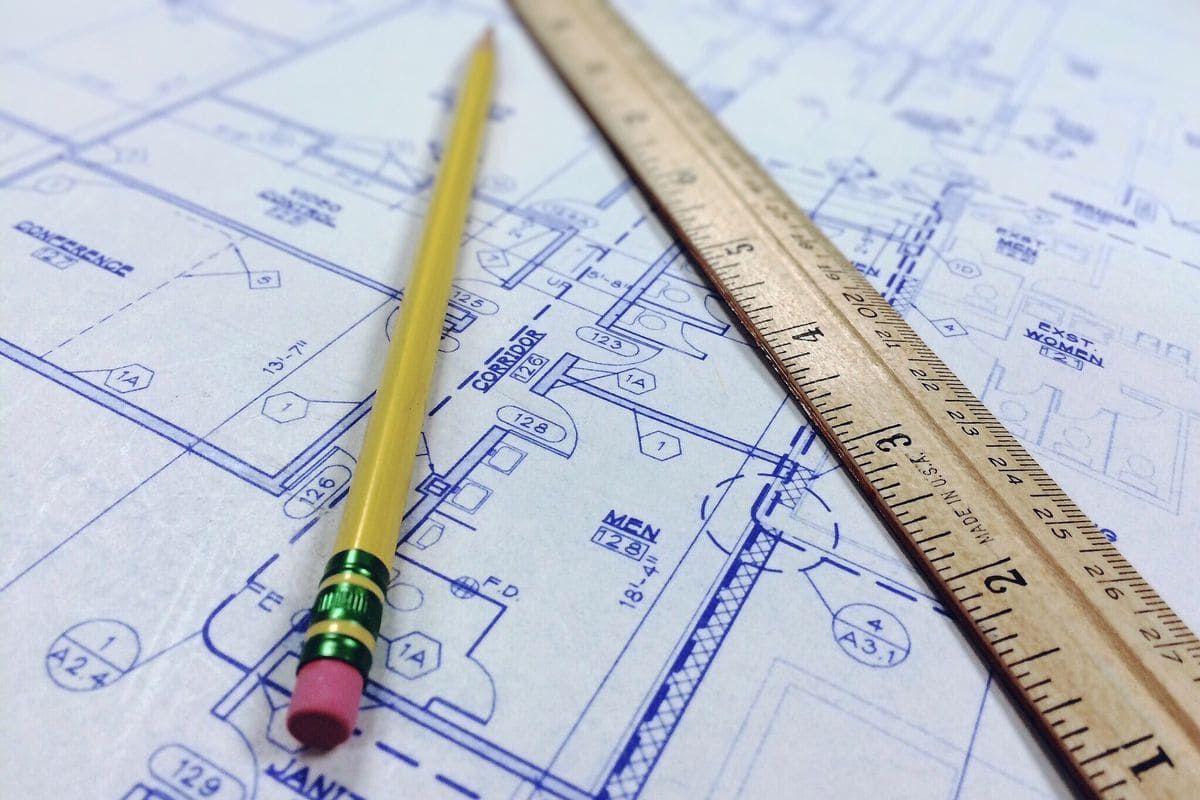Brick spalling is a common yet often overlooked issue in masonry facades. If left unaddressed, it can lead to serious structural damage, increased repair costs, and potential safety hazards. Understanding what causes spalling, how to identify early warning signs, and the best methods for repair can help you and other property managers, facilities managers, project managers, structural engineers, and architects maintain your buildings efficiently.
What is Brick Spalling?
Spalling happens when the surface of a brick deteriorates and flakes off, exposing the inner layers. This typically results from moisture infiltration, freeze-thaw cycles, poor-quality materials, or improper repairs. According to Building Design + Construction, 50% of the investigated building envelopes dealt with moisture, making it the most significant contributor to masonry deterioration.
Signs of Brick Spalling in Facades
Identifying spalling early can prevent costly repairs. Common signs include:
- Flaking or peeling bricks – Your building’s surface begins to crumble, exposing the rougher inner material.
- Cracked or crumbling mortar joints – Weak mortar allows water to penetrate, accelerating spalling.
- Bulging or displaced bricks – Moisture expansion can push bricks outward.
- White powdery deposits (efflorescence) – A sign of excessive moisture movement through masonry.
- Deteriorated lintels or sills – Metal lintels that rust expand and push against surrounding bricks, causing cracks and spalling.
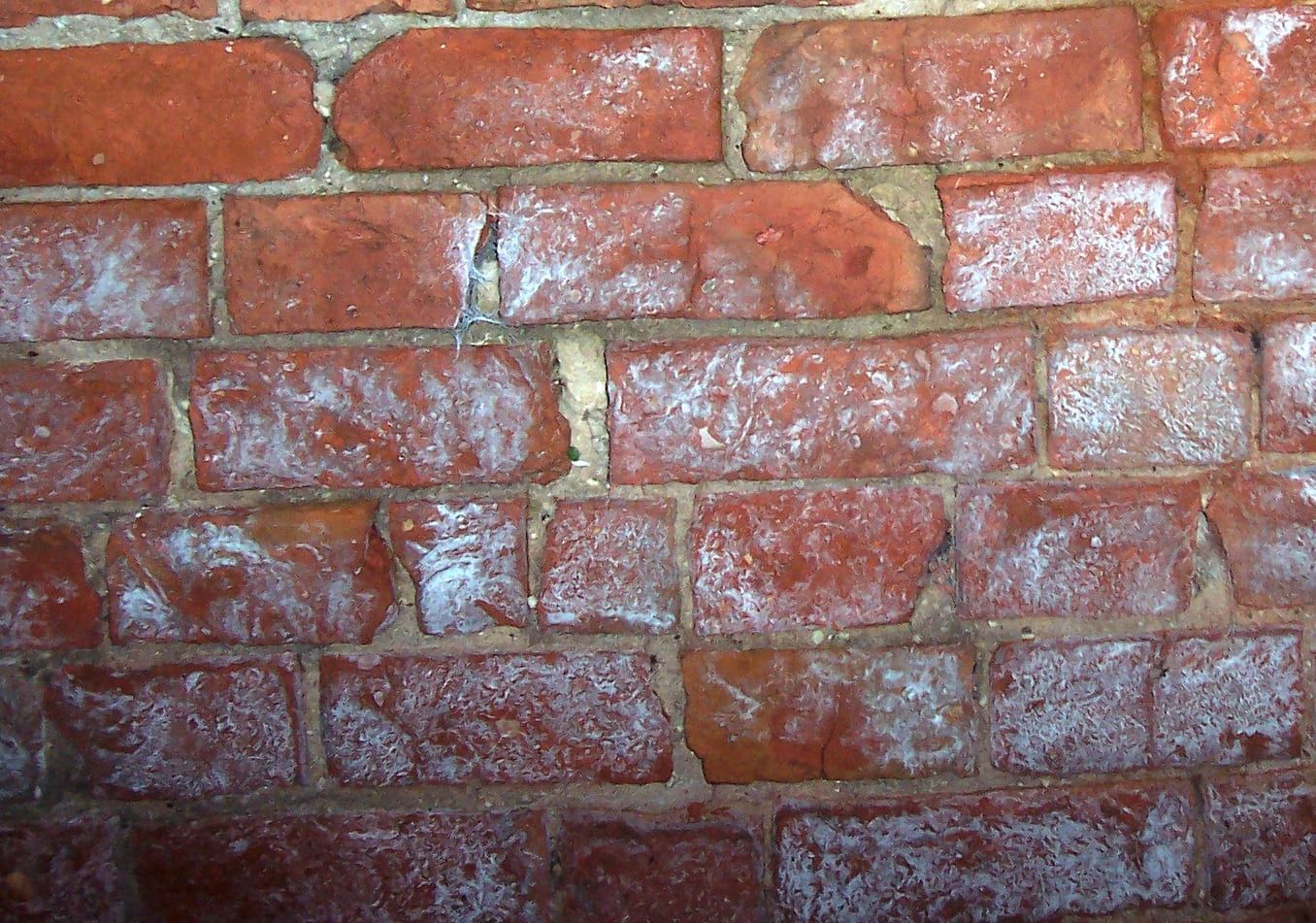
What Causes Brick Spalling?
Several factors contribute to spalling, with moisture infiltration and freeze-thaw cycles being the primary culprits. Other common causes include:
- Poor-quality or non-breathable sealants – Some coatings trap moisture rather than allowing masonry to breathe.
- Incompatible mortar or repairs – Using a mortar mix that is harder than the original brick can lead to failure.
- Lack of maintenance – Failing to repoint mortar joints or repair small cracks allows damage to escalate.
- Improper drainage – Water pooling near foundations or leaking gutters can saturate brick walls.
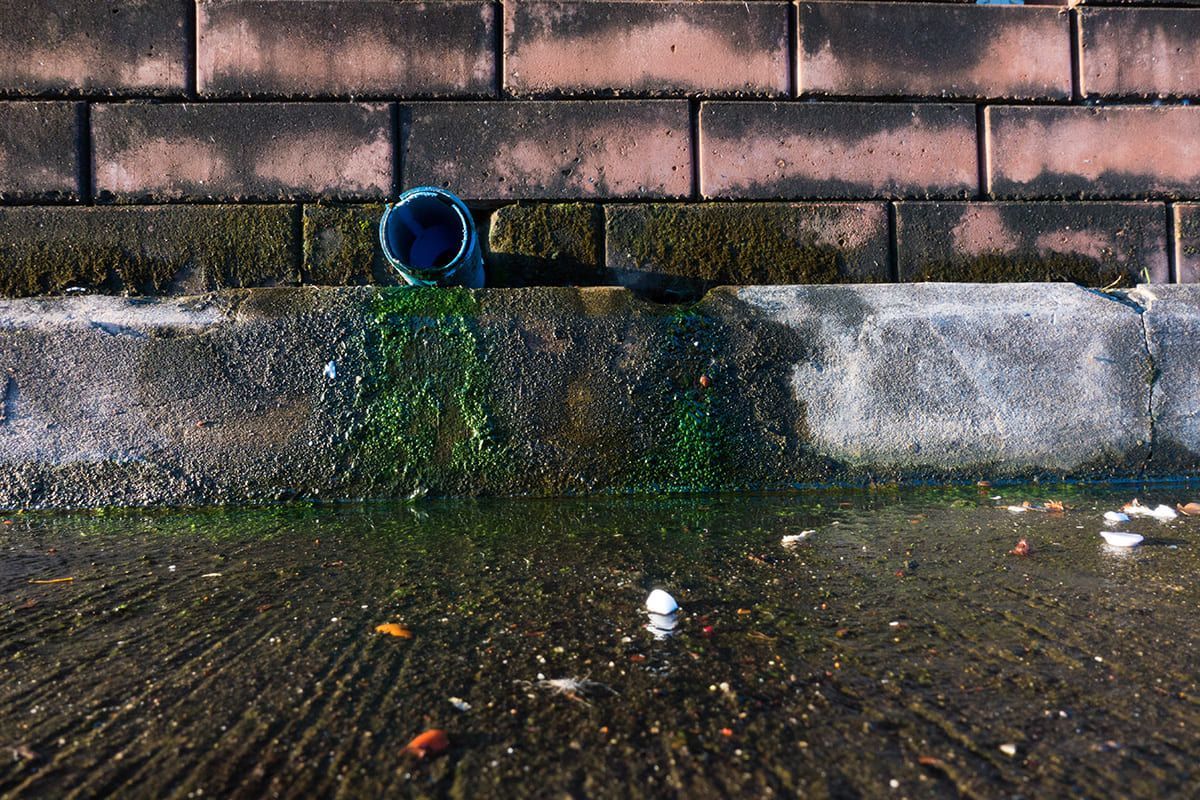
Best Practices for Addressing Spalling
1. Conduct a Thorough Masonry Inspection
Before repairs, it’s crucial to assess the extent of the damage. A professional inspection by a masonry expert can determine whether the issue is localized or widespread.
2. Remove and Replace Damaged Bricks
- Carefully remove spalled bricks and replace them with new ones that match the original material.
- Make sure the correct mortar mix is used to maintain your facade’s integrity.
3. Repoint Mortar Joints
- Tuckpointing can help prevent further moisture infiltration. Hiring a contractor experienced in commercial masonry services like tuckpointing ensures the use of proper materials and techniques.
4. Address Underlying Moisture Issues
- Inspect for leaks, faulty flashing, or poor drainage.
- Consider restorative masonry cleaning to remove surface contaminants and improve brick breathability.
5. Apply Protective Measures (if needed)
- Commercial concrete facade restoration services may recommend breathable sealers to protect against moisture intrusion without trapping water inside the masonry.
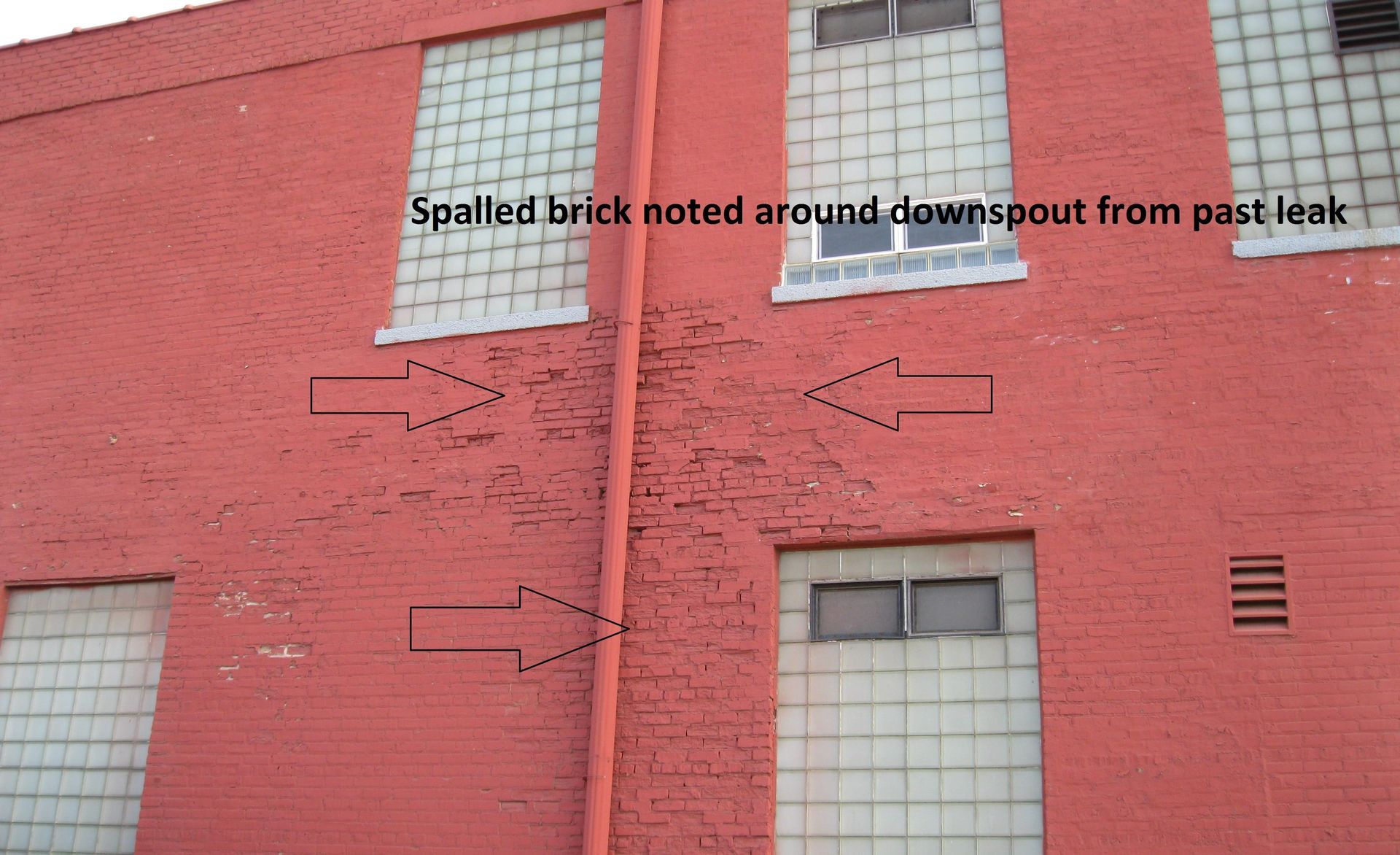
Why Proactive Maintenance Matters
Ignoring spalling leads to expensive repair costs and structural risks. According to Reserve Advisors, performing regular inspections and addressing small-scale maintenance, such as lintel repairs, helps prevent costly large-scale replacements of surrounding wall systems, protecting both your building and long-term budgets.
At RestoreWorks, we specialize in commercial masonry restoration in Chicago and beyond, offering tailored solutions to protect and restore your building’s facade. Whether you need masonry lintel repair, concrete facade restoration, or tuckpointing services, our team can help.
Contact RestoreWorks Today
If you’re seeing signs of spalling or other masonry deterioration, don’t wait until minor issues become major problems. Reach out to RestoreWorks for a comprehensive assessment and customized restoration plan. Call us today to schedule a consultation!

